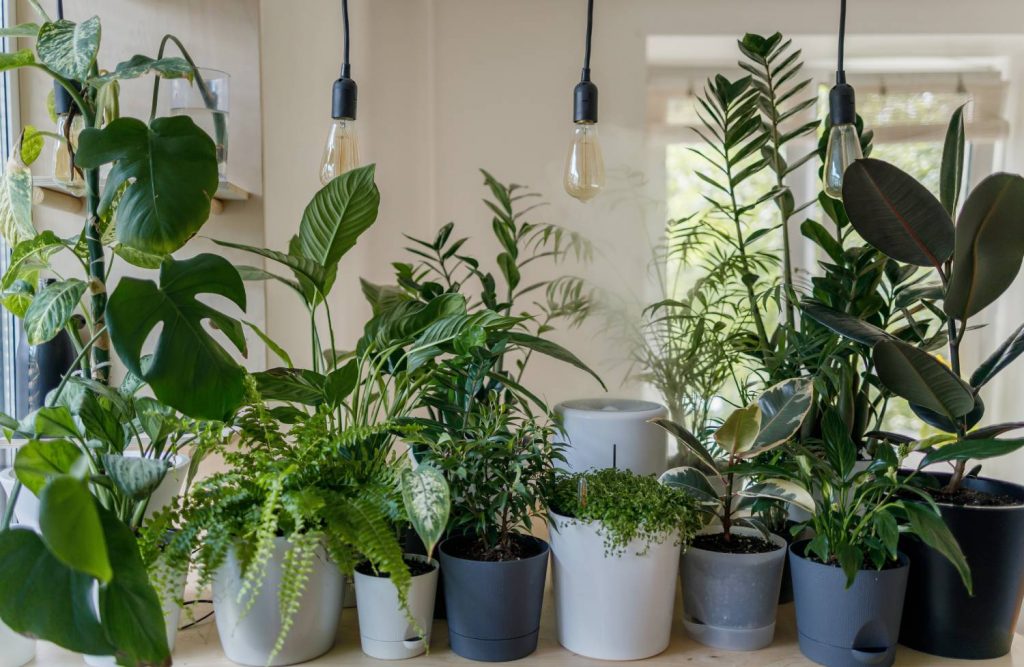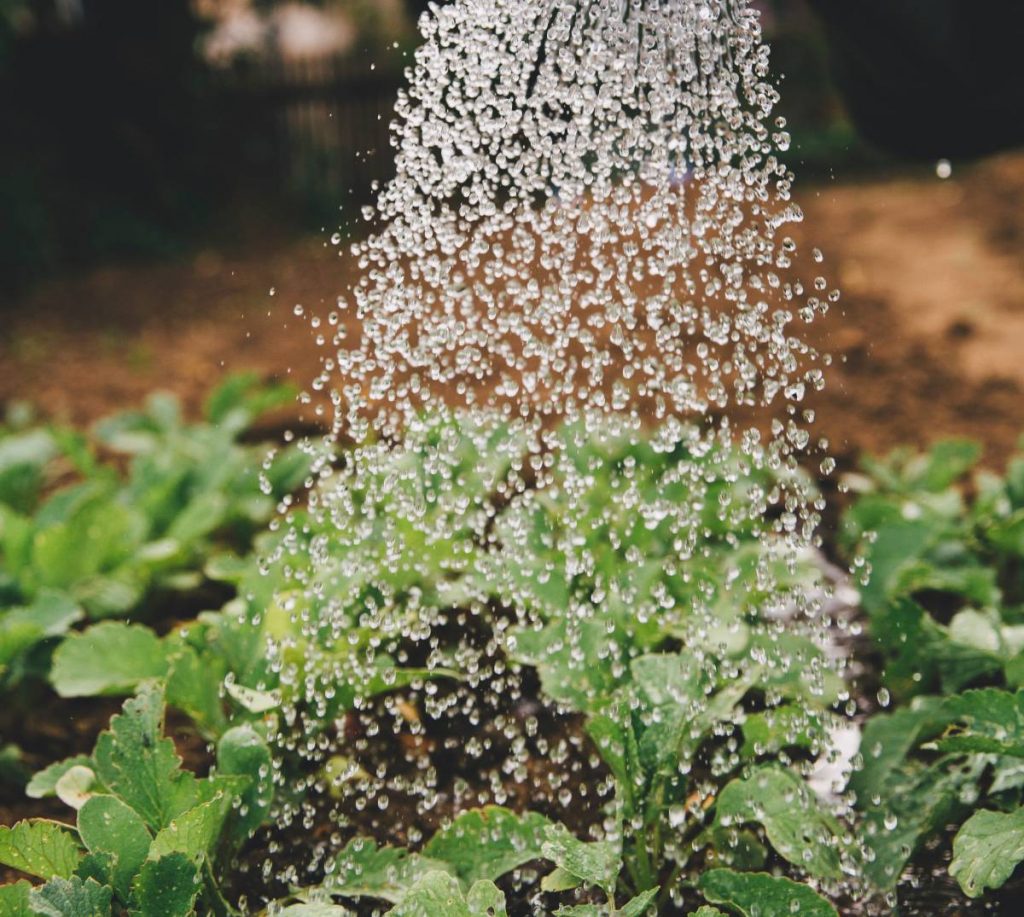The Benefits of Companion Planting in Your Garden: How to Maximize Your Garden’s Potential

Companion planting is an age-old gardening technique that involves planting different species of plants together to enhance their growth and health. This method can help to improve the overall health of your garden and maximize its potential. Here are some benefits of companion planting:
- Pest control: Companion planting can help to deter pests by attracting beneficial insects and repelling harmful ones. For example, planting marigolds near your tomatoes can help to deter tomato hornworms.
- Nutrient cycling: Companion planting can help to improve the nutrient availability in your soil by fixing nitrogen and providing other essential nutrients to plants.
- Soil improvement: Companion planting can help to improve soil health by adding organic matter and increasing the diversity of microorganisms in the soil.
- Disease control: Some plants can help to prevent the spread of disease by repelling pathogens or by acting as a trap crop. For example, planting nasturtiums near your cucumbers can help to prevent powdery mildew.
- Improving yields: Companion planting can help to increase the yields of certain crops by providing them with the necessary support and protection. For example, planting beans near corn can help to improve the yield of both plants.
- Aesthetics: Companion planting can also be used to enhance the appearance of your garden by adding color, texture, and contrast.
Companion planting is a powerful gardening technique that can help to improve the overall health of your garden and maximize its potential. By understanding the benefits of companion planting and selecting the right plants to grow together, you can create a thriving and diverse garden.




